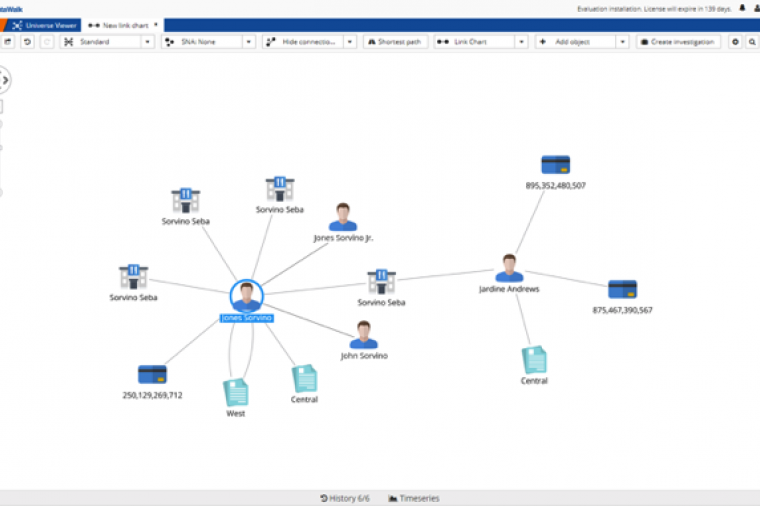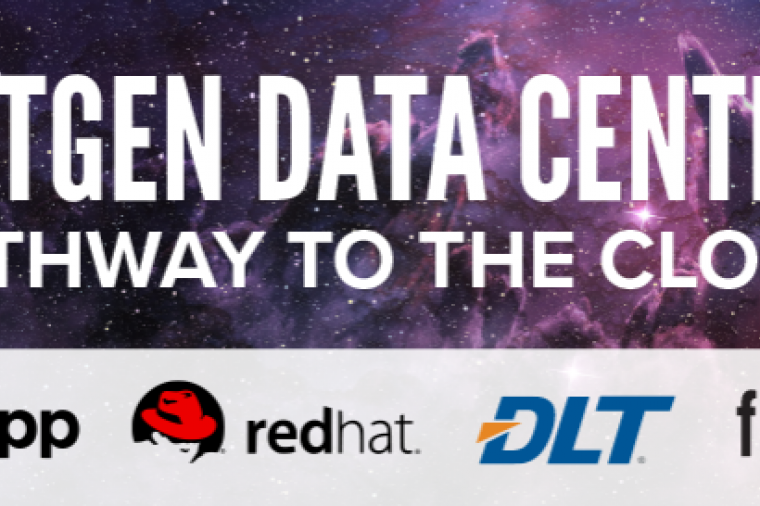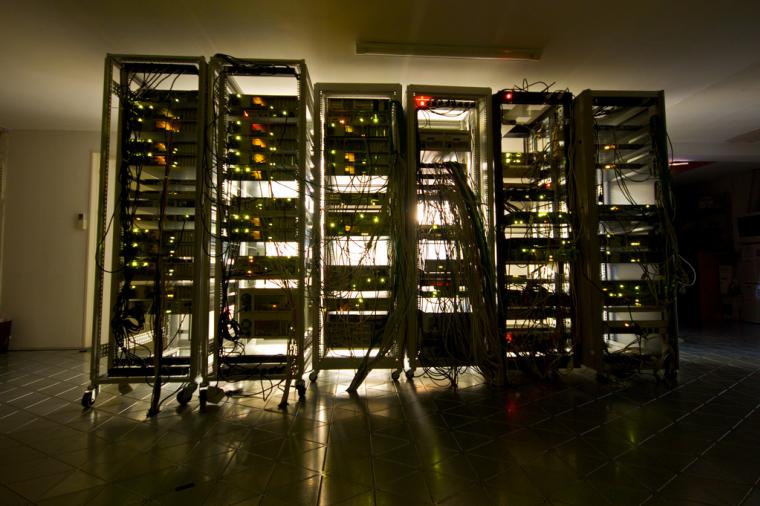
As costs have declined, all-flash storage has become the de facto enterprise standard for primary storage and the foundation for any cloud – internal, SaaS, or public. For the public sector, flash can address agency modernization efforts (mobile, data analytics and cloud) and help cut costs and reduce power and space requirements, despite growing data sets.
Consider the benefits:
• Flash delivers 10x the performance of hard disk so you can accelerate applications and process more data transactions per second or reduce the time needed to run batch processes.
• Sub-millisecond latency, making every application more responsive.
• Greatly simplify application admin and storage operations by reducing, and even eliminating, configuration tuning and tweaking.
• Flash consumes a fraction of the power and rack space compared to disk storage.
Even if you haven’t deployed flash in your infrastructure yet, chances are it is already in your plans. So how do you make the right decision? With vendors ranging from established incumbents to young startups, and a variety of new technologies with which you may or may not be familiar with, data in the market is imperfect and can result in a poor selection.
DLT partner, Pure Storage (whose FlashArray is now available on DLT’s GSA Schedule), has put together a vendor-neutral Flash Storage Buyer’s Guide that can help you evaluate and select the best flash storage solution for your agency. Here’s a quick summary of questions you should ask as you evaluate solutions:
Availability: Is the architecture designed for zero downtime?
Storage architectures must be designed for flash in order to unlock and free you to capitalize on the full capabilities of flash memory. While a traditional storage array can be accelerated by the addition of flash, tradeoffs and consequences may arise during times of controller failure and maintenance. Understanding how these operational scenarios are remedied is something to know before you buy a product.
• Is the controller a stateless architecture?
• Is performance impacted during a failure or maintenance?
• Is performance impacted with array utilization reaching 100%?
• How invisible is a non-disruptive upgrade?
Resiliency: How is the data protected?
Flash memory attributes, particularly its performance and infinite PE cycles, require you to consider data protection mechanisms. There’s a lot more to consider than protecting it like it’s a disk.
• How many drives can fail at once?
• How much overhead is required for data protection?
• What about support for snapshot backups and data replication?
Affordability: Data reduction, software licensing and maintenance costs
In order to calculate flash economics, you need to understand the total cost of flash over a reasonable timeframe (5-6 years) this includes capacity, software licensing, rise in maintenance costs, and any upgrade or migration costs to newer product generations.
• What returns can you expect from data reduction? The rule of thumb is that the more comprehensive the data reduction technology, the greater the savings and the greater the application of the solution to your environment.
• Does the provider offer global or optional data reduction? Buyer beware of optional storage features, vendor claims often exclude the performance trade-off that these features bring.
• Do they offer inline or post-process data-deduplication?
• What about fixed vs. variable length deduplication and granularity?
• How many compression algorithms?
• What about host-based or storage giveaways for data reduction?
• Is the array software included or is it an additional cost?
• Do maintenance and support costs increase over time?
• What’s the infrastructure tax when scaling?
• What’s the density of the infrastructure?
Operational simplicity: How to scale your agency?
Although flash can simplify the complexity of providing storage services and the sea of complexity that teams face, but how much simpler requires some knowledge.
• How much tuning does the flash require? Ask about how flash can eliminate antiquated operational processes like defining storage pools and RAID configurations, optional settings around cache, tiering, data reduction, etc.
• How much application tuning does the flash require to achieve optimal results?
• What integration exists today?
• Does the flash provide a programmable set of APIs?
• What management tools are available?
• What support model does the vendor offer?
How mature is the flash product?
The flash market differs wildly in terms of maturity with some years-old products while many advertised products turn out not to be available at all. So, it’s important to know whether you’re the first customer to lay hands on the product and how ready it is for your environment?
• Ask about benchmarks and certifications?
• What are analysts, customers, and competitors saying?
More Information
Check out the guide for more information about the nuances of flash storage and the criteria you should be looking for when making your choice.



















